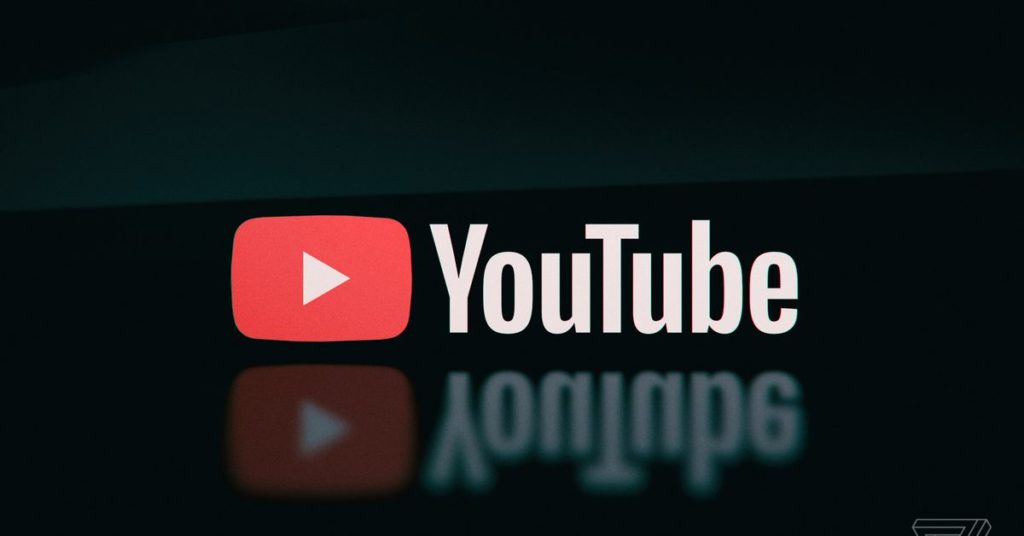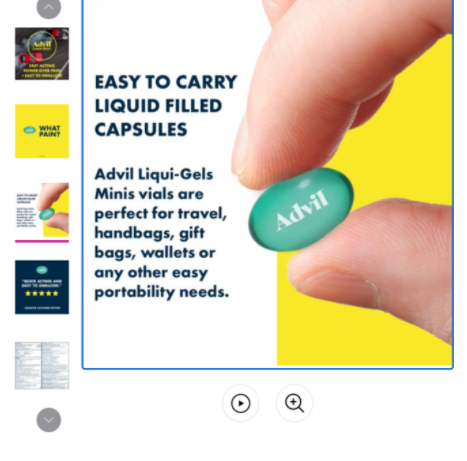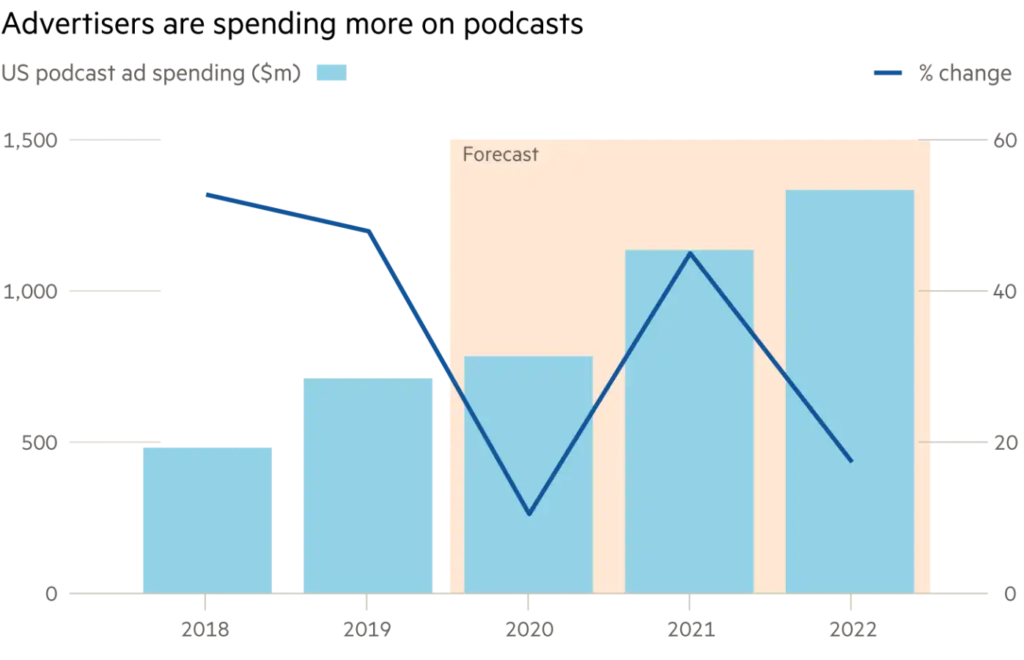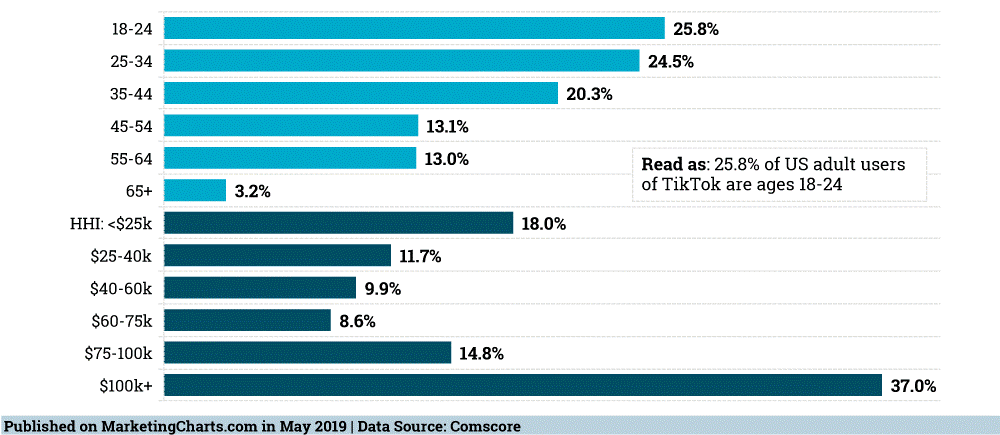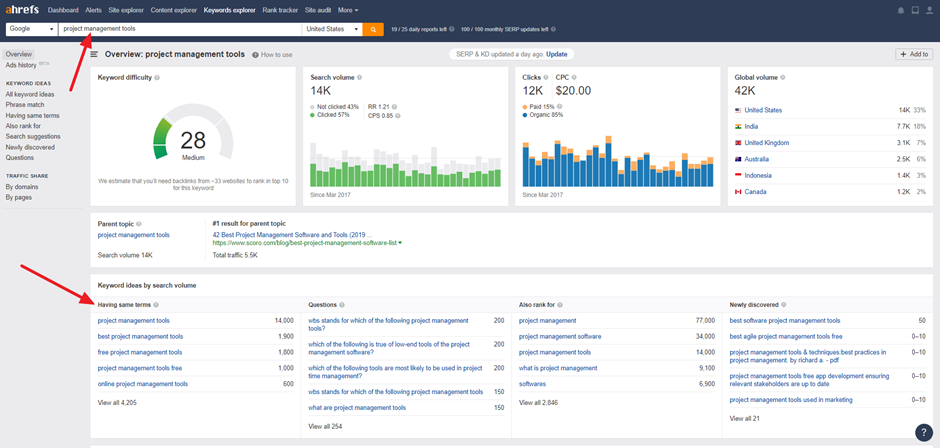YouTube has been a consistently influential platform for creative video content in this generation. Without it, how would we find that makeup tutorial or build that impossible Ikea drawer set? YouTube has videos for everything, so many creators are wondering how they can stand out in the midst of all the noise.
Also, a business or brand building out its YouTube marketing strategy, the recommendation algorithm of the platform counts for a lot. So how do you optimize your channel and videos to work with it, not against it?
We’ll look into the algorithm. This is a huge factor in finding anything discoverable on a platform, whether it’s Google or Instagram. Together we’ll look at how we can go deeper into understanding the YouTube algorithm and how to overcome it as a personal creator. Now let’s get the video rolling!
What is the YouTube Algorithm?
YouTube describes its algorithm as “…a real-time feedback loop that tailors videos to each viewer’s different interests.” This decides how videos are shown to viewers. These two key factors are how the algorithm will impact your videos:
- The Algorithm Influences Search Results: Search results are determined by the metadata, which includes descriptions like the title, description, and keywords. It’s also important to see how well the text matches the user’s query. The algorithm looks into the video’s overall engagement, which includes likes, comments, and the amount of time spent watching.
- The Algorithm Influences Recommended Videos: This happens in two parts. In the first part, videos are ranked by scores based on performance analytics data. In the second, videos are matched to viewers based on their watch histories. They also compare certain viewers with similar interests.
The algorithm is also affects the areas of YouTube’s setup:
- YouTube homepage
- Your notifications
- Your subscriptions
- Trending videos
Have you noticed this with your own account? Let us know about our recent experiences.
How YouTube determines the algorithm
While we don’t work at Google, here’s a running list of all the different factors that YouTube has mentioned in its various public discussions of the algorithm over the years.
When it ranks a video, the algorithm looks at performance:
- Whether people click on a video (a.k.a. impressions vs. views: thumbnail, and title are important, here)
- How much time people spend watching a video (watch time, or retention)
- How many likes, dislikes, comments or shares a video gets (a.k.a. engagement)
- How quickly a video’s popularity snowballs, or doesn’t (this is called view velocity, rate of growth)
- How new a video is (new videos may get extra attention in order to give them a chance to snowball)
- How often a channel uploads new videos
- How much time people spend on the platform after watching a video (session time)
When it matches a video to a potential viewer, the algorithm looks at personalization:
- Which channels and topics have they watched in the past?
- What have they engaged with in the past?
- How much time do they spend watching?
- How many times has this video already been surfaced for this person?
- What don’t they watch?
Ten tips to hack it
Now that you have a good understanding of the YouTube algorithm, let’s look into the five best ways you can overcome it:
1. Ensure to optimize description text on videos
A video’s text description is there to help with searches for related topics. It is also a great place to link all social media for a bigger following on other outlets. Be sure to use natural language and focus on brand-relevant keywords.
2. Repeat what works
Make sure you give attention to areas your viewers enjoy the most. Ask yourself what those key elements mean to your followers. Is it the content’s setup or originality? Follow the analytics on the page, as well as your own intuition.
3. Consistently publish content
Never sacrifice quality for quantity, but make it your mission to keep the content schedule consistent for your viewers. When planning out content and posting regularly, the algorithm takes this into account, making the work more available for viewing. When more videos are published, you’ll have more opportunities to reach more people.
4. Ensure videos are public for your audience
Once a video goes live, make sure your viewers are aware by signing subscribers up for notifications. You can also pick a day and time that your viewers are most engaged. If you’re unsure when that is, rely on the platform’s analytics for a clearer understanding.
5. Engagement is key for videos
Not everyone will watch your video to the end. Find out where viewers are stopping if they’re not completing it. After finding out where the viewership drops off, you might be able to discover how to pivot for better viewership in the future. The video should be clickable, but people should also retain the purpose of the content.
6. Keep your community engaged
We’ll never stop saying this. Reply to your comments. Talk to your people. Just remember that the algorithm “knows” if you’re having meaningful conversations or just paying lip service to bump up your vanity metrics. Also, if you’re in the position of having too many people to respond to, you can always do an appreciation video.
7. Convert viewers to subscribers
According to YouTube, your channel’s subscribers provide a bunch of important initial signals that help dictate the success of your video. In other words, these fans are the testing ground – if your video is well received and watched, the algorithm is more likely to increase your video exposure.
8. Feed the recommendation engine with other sources
Recommendations, after all, are mostly based on how viewers have viewed and interacted with your videos in the past. YouTube needs data to base the recommendations on and there’s no data without people watching your videos. So exercise all the usual efforts to promote your videos, such as:
- Partnering with the press or other influencers
- Promoting your videos on social media
- Sending new videos to your email list.
9. Create clickable thumbnails
Although YouTube prioritizing watch time is simply a countermeasure against low-quality clickbait, click-through rate is still important. You can optimize your thumbnails for click-throughs by including one to three emotive faces in your thumbnails wearing expressions that speak louder than words.
10. Make your channel binge-watching enabled
You can also optimize for watch time at the channel-level by employing strategies involving video consumption and consistency.
Our Final Thoughts
How do you plan on tackling the algorithm? Now that you have a better understanding, you can take over the YouTube platform. Let us know what your plans are for the YouTube platform, and what you plan to accomplish for your own creator/advertising page. Remember, consistency is the foundation for success on YouTube – without it, you might be able to capture attention, but you won’t be able to keep it.

